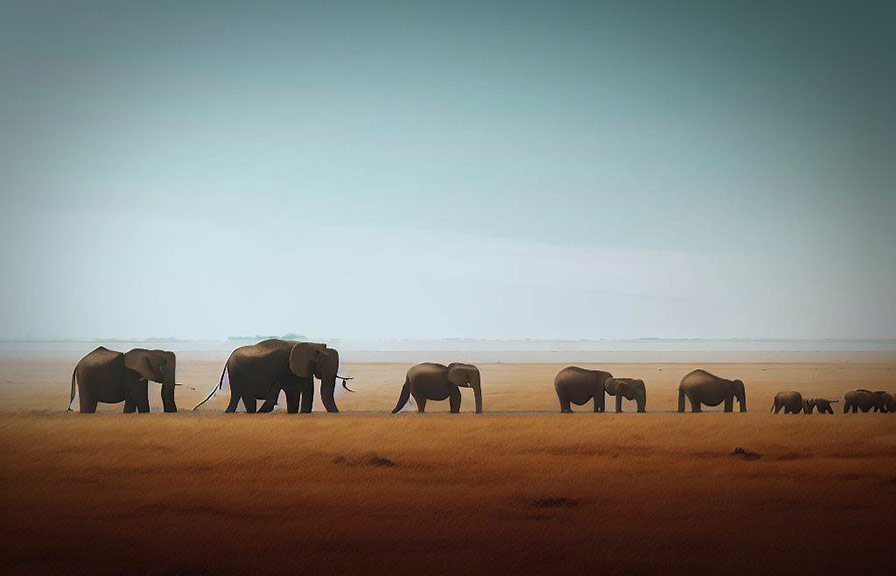Did you know that there are over 8.7 million species of animals on our planet? as a wildlife photographer, you have a unique opportunity to capture the beauty and diversity of these creatures in their natural habitats.
In this post, we'll explore the essential tips and tricks to help you take stunning wildlife photos that truly capture the moment.

The art of finding and photographing wildlife
Finding and photographing wildlife can be both exhilarating and challenging. to increase your chances of success, follow these tips:
1. Research: before heading out, gather information about the species you want to photograph. learn about their habits, preferred habitats, and the best times to spot them. this knowledge will give you a better understanding of their behavior and increase your chances of capturing stunning images.
2. Patience: wildlife photography requires a great deal of patience. animals are unpredictable, and it may take hours, or even days, to get the perfect shot. be prepared to wait, and embrace the unpredictability of nature.
3. Blend in: try to be as inconspicuous as possible. wear clothing that blends with the environment, avoid making noise, and be mindful of your movements. the less you disturb the animals, the better your chances of capturing natural behavior.
4. Follow the light: lighting plays a crucial role in photography. the best times for wildlife photography are generally early morning and late afternoon when the light is soft and golden. however, don't be afraid to experiment with different lighting conditions to create unique images.
5. Capture the action: look for opportunities to capture animals in action. this could include hunting, playing, or interacting with each other. these moments often make for the most compelling images.
Choosing the right camera for wildlife photography
Selecting the right camera for wildlife photography can be overwhelming, given the plethora of options available. here are a few key factors to consider when making your choice:
1. Sensor size: cameras with larger sensors typically perform better in low light and produce higher-quality images. full-frame cameras are a popular choice among professionals, but crop-sensor cameras can also deliver excellent results.
2. Speed: look for a camera with fast autofocus and a high continuous shooting speed. this will enable you to capture fast-moving subjects and increase your chances of getting the perfect shot.
3. Durability: wildlife photography often involves harsh weather conditions and rough terrain. choose a camera that is built to withstand these challenges, with features such as weather sealing and rugged construction.
4. Price: set a budget and prioritize the features that are most important to you. remember that investing in quality lenses is equally important, so allocate your budget accordingly.
The best lenses for wildlife photography
Choosing the right lens is crucial in wildlife photography, as it determines the quality and perspective of your images. here are some of the best lenses for different wildlife photography scenarios:
1. Telephoto zoom lenses: these lenses allow you to capture subjects from a distance, which is essential when photographing skittish animals. a lens with a focal length of 100-400mm is a versatile choice for most wildlife situations.
For even greater reach, consider a lens with a focal length of 500mm or more.
2. Wide-angle lenses: while telephoto lenses are the most common choice for wildlife photography, wide-angle lenses can also be used to capture unique perspectives. these lenses are ideal for photographing landscapes and animals in their environment.
A focal length of 16-35mm is a good starting point for wide-angle lenses.
3. Prime lenses: prime lenses, or lenses with a fixed focal length, are known for their sharpness and image quality. while they lack the versatility of zoom lenses, they can produce stunning results if you're willing to work within their limitations.
A fast prime lens with a focal length of 300mm or 400mm can be a valuable addition to your kit.
4. Macro lenses: macro lenses allow you to capture extreme close-ups of small subjects, such as insects and flowers. these lenses are not essential for general wildlife photography but can add another dimension to your portfolio.
Conclusion
Taking professional wildlife photos that capture the moment requires a combination of skill, patience, and the right equipment. by researching your subjects, being patient, and investing in the right camera and lenses, you can elevate your wildlife photography to new heights.
And remember, the best wildlife photos are often the result of perseverance and a deep connection with the natural world. embrace the journey, and happy shooting!
